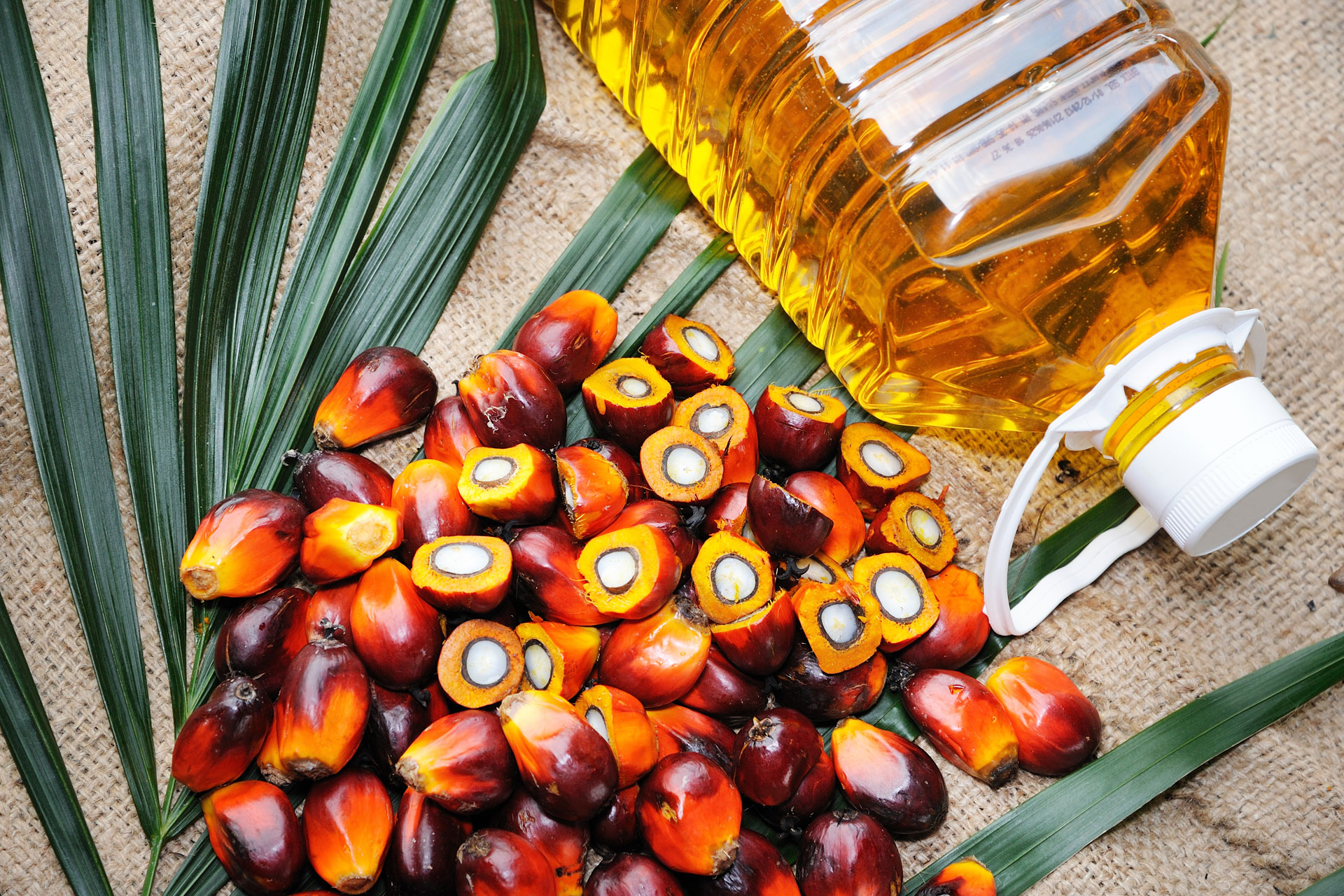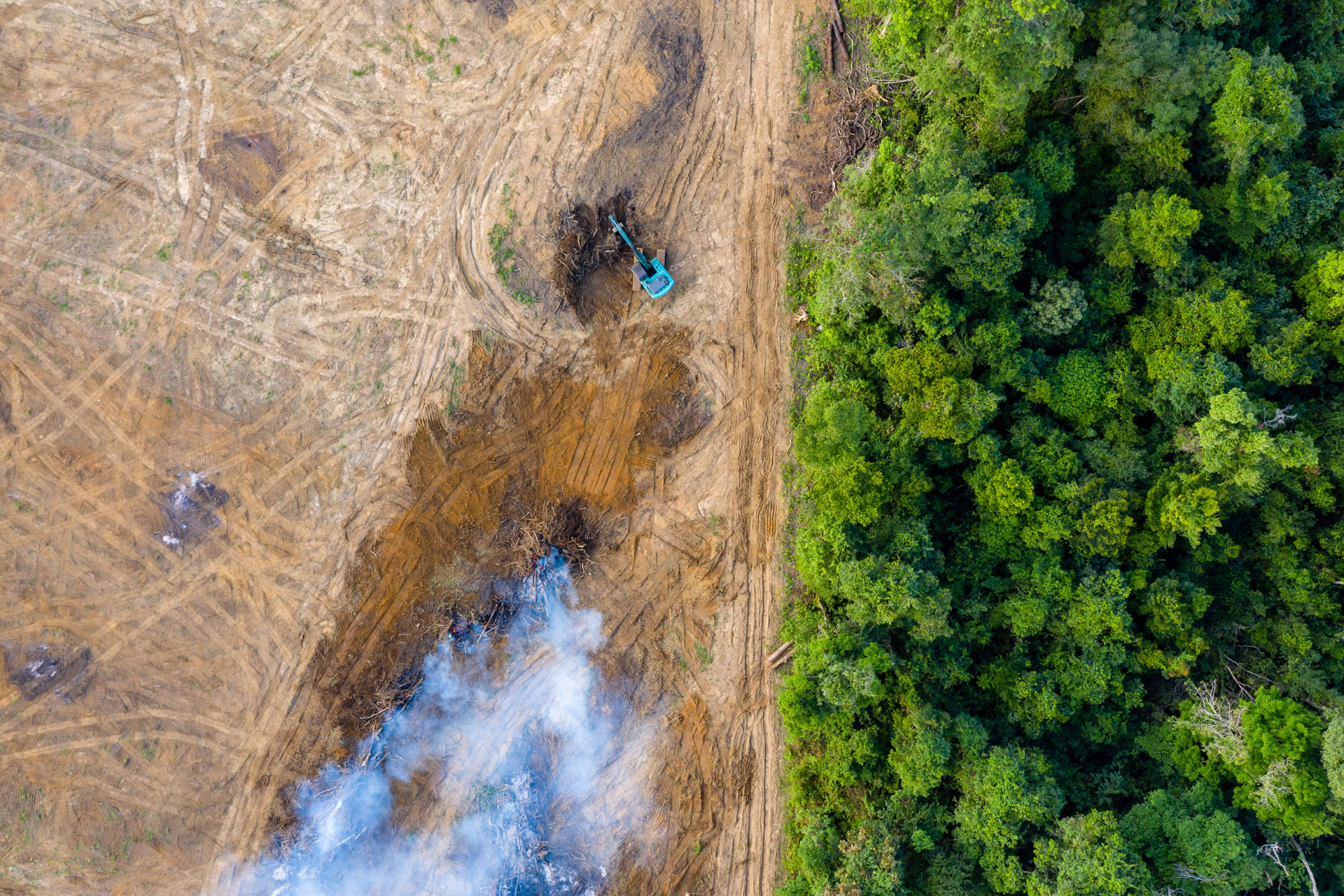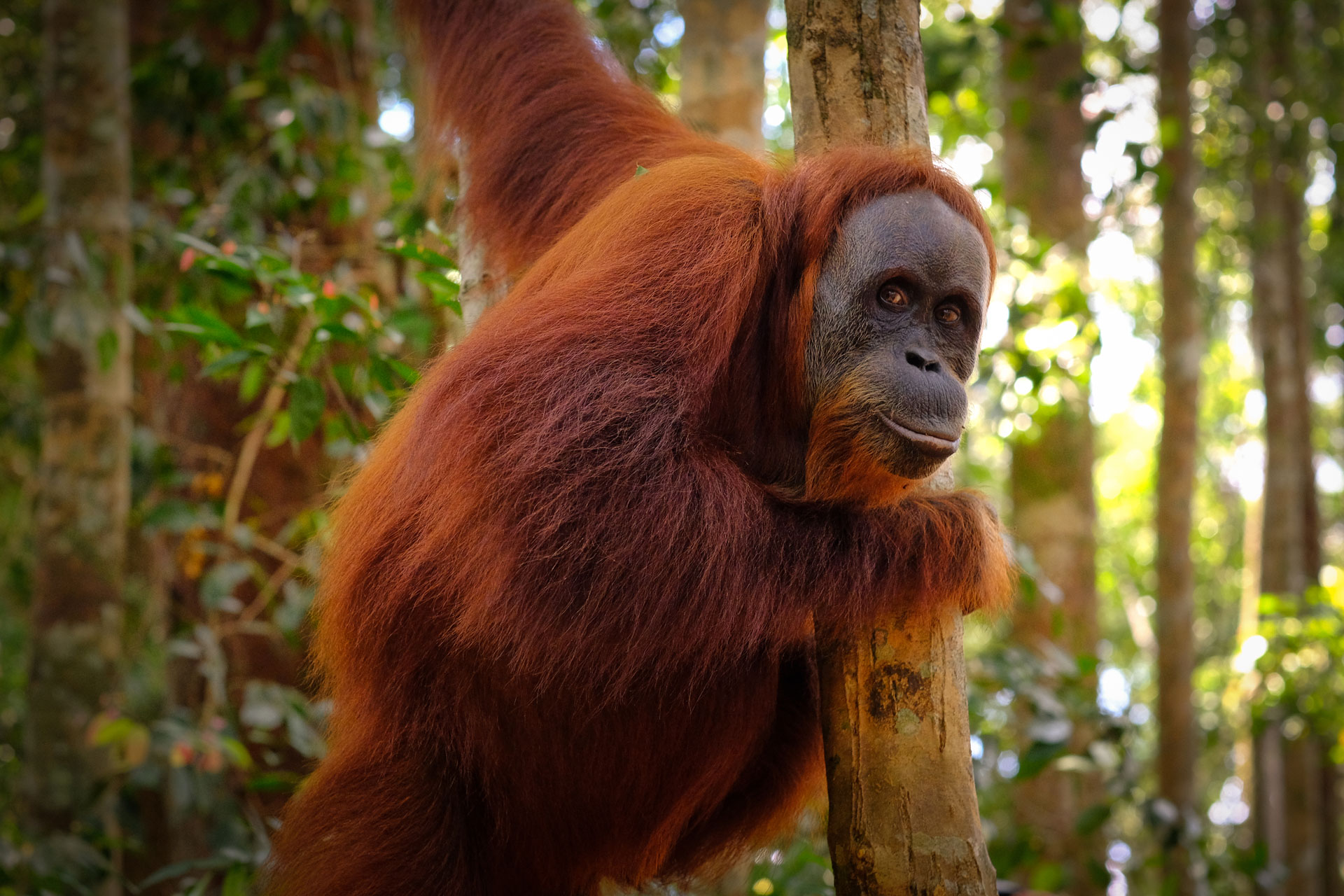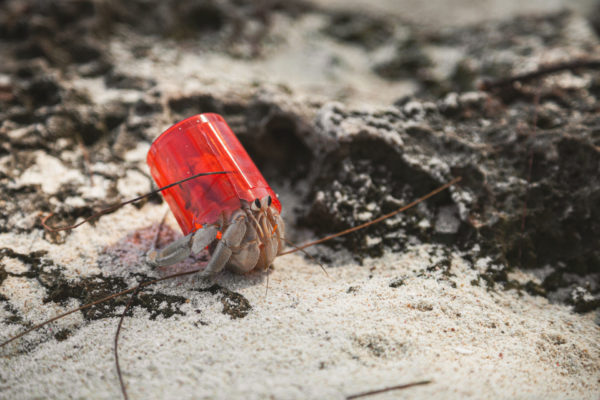Palm Oil: What’s The Problem With It – And Is An Alternative On The Way?
By
2 years ago
The miracle ingredient is everywhere – but it's destroying our planet

Found in everything from chocolate to shampoo, palm oil is the most widely consumed vegetable oil on the planet. Yet this extremely common ingredient is wreaking havoc on the planet, causing deforestation in some of the world’s most biodiverse rainforests. Here we look into the controversy around palm oil – plus explore how things are changing.
Palm Oil: What’s The Problem With It, and Is An Alternative Coming?
What is palm oil?
Palm oil, scientifically known as Elaeis guineensis, is an edible vegetable oil which is derived from the fruit of oil palm trees. Oil palm trees are native to Africa, where they grow naturally in tropical rainforest areas. Yet, just over 100 years ago, they were brought to South East Asia – Indonesia and Malaysia in particular – as a response to rising demand. Worldwide production has been growing for decades, with annual production quadrupling from 1995 to 2015 – and expected to climb to 240m tonnes by 2050. Today, three billion people in 150 countries use products containing the ingredient, with Indonesia and Malaysia now producing 85 per cent of the world’s palm oil.
There are many reasons why this oil is so widely used. As the WWF explains: ‘It is semi-solid at room temperature so can keep spreads spreadable; it is resistant to oxidation so can give products a longer shelf-life; it’s stable at high temperatures so helps to give fried products a crispy and crunchy texture; and it’s also odourless and colourless so doesn’t alter the look or smell of food products.’ The oil palm is also an efficient crop, able to produce high quantities of soil over small quantities of land – hence why it’s attractive to growers and smallholders.
Palm oil is found in a whole range of different products. It’s particularly common in baked goods and pastry dough because it’s a cheaper substitute to butter or hydrated vegetable oils. You’ll often find it in chocolate, ice-cream and pizza too. But it’s not only food: many household products are also culprits, such as soap and laundry detergent. It’s even used in makeup products like lipstick, as it holds colour well and doesn’t melt at high temperatures.

Getty Images
What’s the problem with it?
Most of us are aware that deforestation – the purposeful clearing of forested land – is a massive problem. After oceans, forests are the largest storehouses of carbon, yet they’re disappearing at an alarming rate, which is causing an endless stream of issues including soil erosion, desertification, and problems for indigenous people.
Palm oil is a huge driver of deforestation. Forests are being burned to create areas where people can grow oil palms: according to the WWF, up to 300 football fields of forest are cleared every hour to keep up with the colossal demand. This process releases greenhouse gases, meaning it’s a big contributor to global warming. It’s also destroying the habitats of already endangered species – with research showing the quest for palm oil has resulted in the death of around 100,000 orangutans. Even national parks are being impacted: the Tesso Nilo National Park in Sumatra, for instance, established to provide a habitat for the endangered Sumatran Tiger, has now been overrun with illegal palm oil plantings.
There’s also evidence to show ethical issues within the palm oil industry. A report from Amnesty International found systematic human rights violations on plantations in Indonesia, including child labour, discrimination against women and hazardous work practices.
Have Researchers Found A New Alternative?
Say hello to PALM-ALT, a new plant-based ingredient which researchers are billing as a ‘holy grail’ alternative to palm oil. Created by a research team at Queen Margaret University in Edinburgh, it’s described as having a mayonnaise-style consistency, with no added flavourings or preservatives, and developers say it has the same taste and texture. Better still, it has 80 percent less saturated fat and 30 percent fewer calories than regular palm oil, so could be a significantly healthier option too.

Getty Images
Are things improving?
In 2004, the Roundtable on Sustainable Palm Oil was formed as a response to these growing concerns. The non-profit says its aims are to minimise the negative impact of palm oil cultivation, working with all links along the supply chain.
However, the RSPO has been criticized for allowing greenwashing: Greenpeace described it as ‘about as much use as a chocolate teapot’, while Amnesty International called the RSPO system ‘not credible’. In November 2018, the RSPO strengthened its standard, which now includes a commitment to transparency, compliance with applicable laws and regulations, and use of appropriate best practices, with members being able to claim their palm oil is ‘sustainable’.
The WWF states that: ‘We should continue to use RSPO certified sustainable palm oil in products, as replacing it would result in more deforestation and natural habitat conversion. RSPO certified products that use palm oil from “Segregated” or “Identity Preserved” supply chains offer the greatest assurance of sustainable palm oil.’ It also highlights that many brands have made commendable efforts to eliminate deforestation and human rights abuse from their palm oil supply chains.
On a wider scale, the UK government is taking steps to improve the situation. The ultimate aim is to ensure 100 per cent of the palm oil used in the UK comes from sustainable sources – with a 2019 review showing we’ve reached 70 per cent. It’s clear that we won’t be wiping out palm oil any time soon, but there is ongoing research into how we can revolutionize the industry. For now, consumers can use the WWF’s new scorecard to check how supermarkets, manufacturers and hospitality companies fare when it comes to responsible palm oil.






